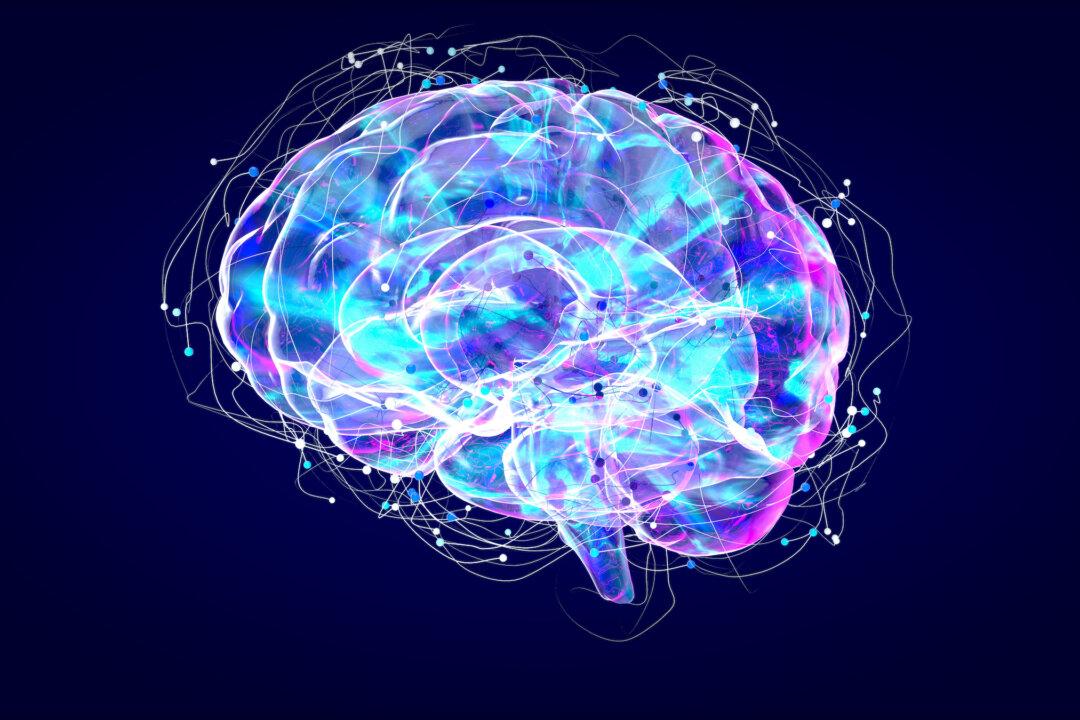The vagus nerve is the longest cranial nerve in the body, traveling from the brain stem down through the spinal cord to the abdominal area. Along the way, it reaches out and affects many organs.
Also known as cranial nerve X and the pneumogastric nerve, the vagus nerve is the primary component of the parasympathetic nervous system, which is part of the autonomic nervous system. The autonomic nervous system also includes the sympathetic nervous system.While the sympathetic nervous system triggers the fight-or-flight response, the parasympathetic nervous system sets off a calming response after the danger has passed. Feelings of safety trigger the front (ventral) part of the vagus nerve while danger activates the back (dorsal). When a vagus nerve is healthy, it leads an individual to respond in an appropriate or mindful way.
What the Vagus Nerve Does
The vagus nerve is named after the Latin word for “wandering,” which is appropriate because it affects so many organs and functions in the body. It performs two types of functions:
- Sensory: involved in sensations on the skin, in muscles, and in organs
- Motor: includes activities such as swallowing, digestion, breathing, coughing, vomiting, and heart rate variability
This versatile nerve is also involved in the fight/flight response and how the body responds in a healthy way to stress. A healthy vagal tone, that is, the activity of the vagus nerve, would indicate generally healthy emotional regulation and physical health as well.
How to Stimulate Your Vagus Nerve
All of these important functions indicate that you should strive to maintain a healthy vagus nerve (good vagal tone). You can do this by stimulating your vagus nerve, which then results in feelings of calm and relaxation, a decrease in heart rate, and slowed breathing. Here are some ways to stimulate your vagus nerve at home.
Exercise: Physical activity has many health benefits, and better vagal tone is one of them. In research involving individuals with heart problems, exercise therapy improved heart rate variability by increasing vagal tone and reducing the activity of the sympathetic nervous system.
Meditation: A 2020 study found that practicing mindfulness meditation can improve heart rate variability as well as sleep quality. In another study, individuals who participated in a six-week loving-kindness-meditation program showed an improvement in vagal tone while those who were on a waiting list for the program didn’t.
Singing or humming: When you sing or hum, it’s been shown you are activating your parasympathetic nervous system, slowing breathing, and increasing heart rate variability. Chanting also results in the same benefits.
Yoga: This activity activates the parasympathetic nervous system and can help with blood flow, digestion, and heart rate.
Deep slow breathing: Research shows that practicing deep, slow breathing can improve vagal tone and reduce anxiety.
Relaxing (chillin’ out): Activities that are relaxing and calming help improve vagal tone, whether it’s Tai Chi, socializing with friends, kicking back with a book, or some of the stress-reducing recommendations already noted here.
Gargling: The benefit from gargling is similar to that achieved by singing or humming.
According to clinical psychologist Dr. Glenn Doyle, “The vagus nerve is deeply plugged into our heart, our guts, and our voice. … When we speak, shout, sing, the vagus nerve is lit up like a Christmas tree—which is one of the reasons why those activities can be so cathartic and emotional for so many of us.”
Bottom Line
A healthy vagus nerve is essential for optimal function of many organ systems and overall good health. Take care of yours by engaging in stimulating activities as much as possible!
Sources
- 15 ways to create vagal regulation at home. Brain Harmony 2021 Jun 5
- Browne SJ. What the vagus nerve is and how to stimulate it for better mental health. Forbes 2021 Apr 15
- Dolgoff-Kaspar R et al. Effect of laughter yoga on mood and heart rate variability in patients awaiting organ transplantation: a pilot study. Alternative Therapies in Health and Medicine 20212 Sep-Oct; 18(5):61-66.
- Frederickson B et al. Social connections drive the ‘upward spiral’ of positive emotions and health. Psychological Science 2013 May 9
- Kirk U, Axelsen JL. Heart rate variability is enhanced during mindfulness practice: A randomized controlled trial involving a 10-day online-based mindfulness intervention. Plos One 2020 Dec 17
- Mason H et al. Cardiovascular and respiratory effect of yogic slow breathing in the yoga beginner: what is the best approach? Evidence-Based Complementary and Alternative Medicine 2013; 2013:743504.
- Routledge FS et al. Improvements in heart rate variability with exercise therapy. Canadian Journal of Cardiology 2010; 26(6):303-12.
- Seladi-Schulman J. What is the vagus nerve? Healthline 2021 Oct 22
- Vickhoff B et al. Music structure determines heart rate variability of singers. Frontiers in Psychology 2013 Jul 9; 4:334.





